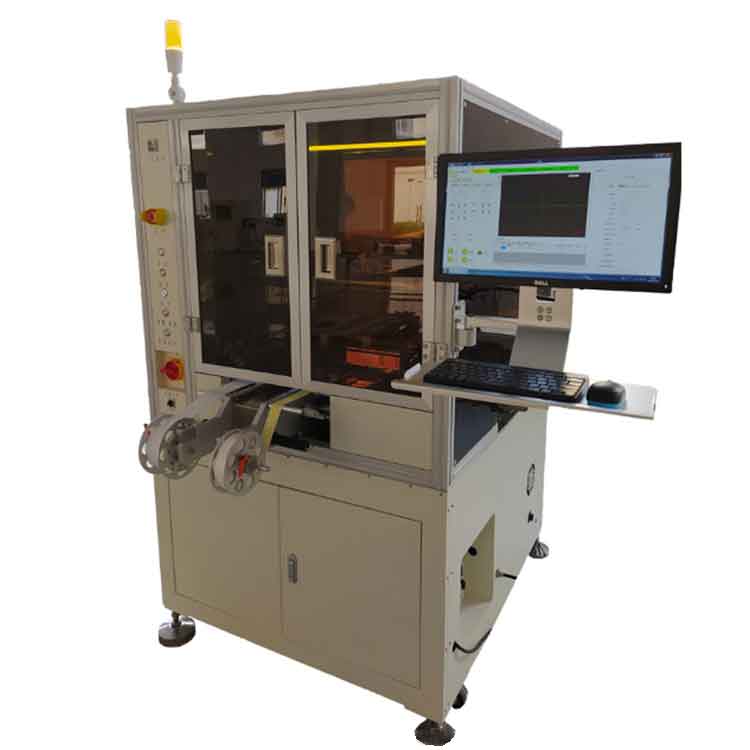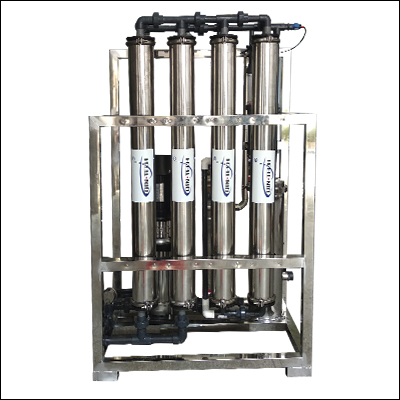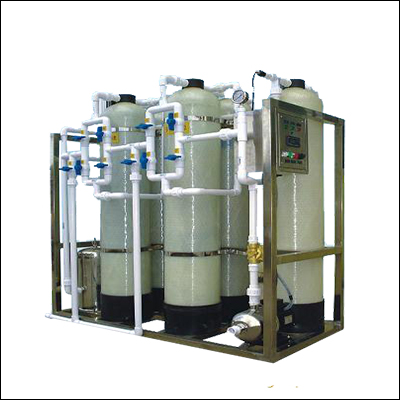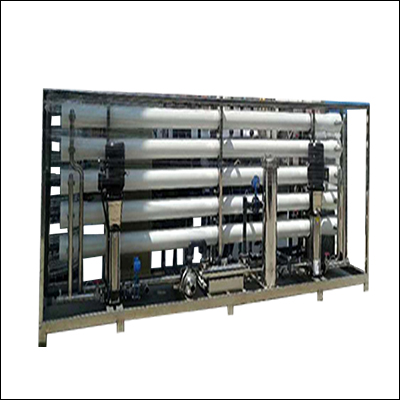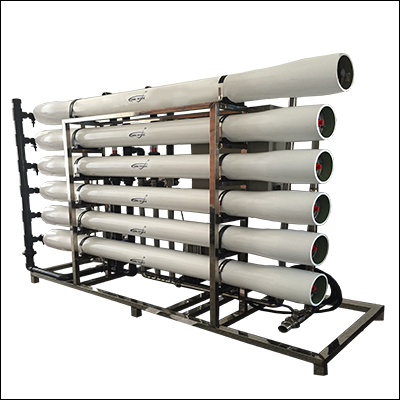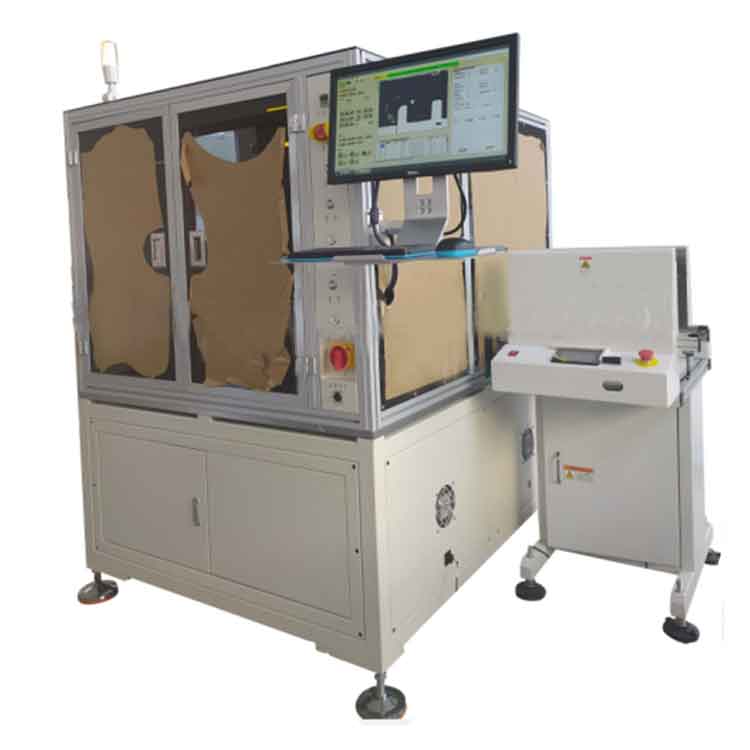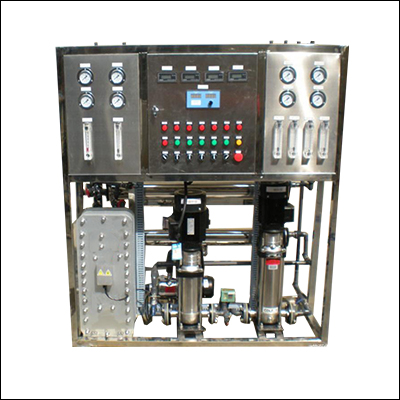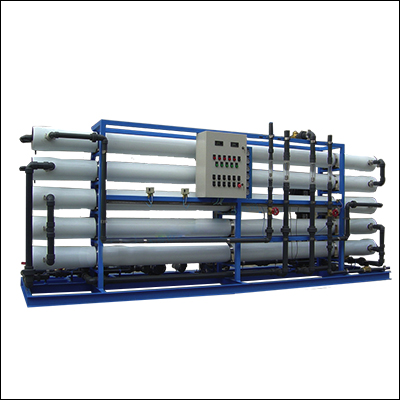- SMT labelling machines
- Multi-station labelling machines
- High precision labelling machines
- PCB labelling machines
- Pallet labelling machines
- Automatic labelling machines
- High-speed labelling machines
- Double-sided labeling machine
- Self-adhesive labeling machine
- FPC adhesive backing machine
- Mobile phone adhesive backing machine
- speaker sticker backing machine
- Automatic backing machine
- Automatic adhesive backing machine
- Search
0.5 ton reverse osmosis pure water equipment
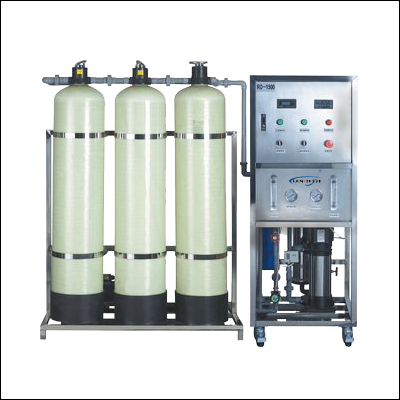
- Product:0.5 ton reverse osmosis pure water equipment
- Catalogue:Labelling machines
- Views:178215times
- Update:2019/8/5 17:14:37
- Call:133-6065-4218
Equipment features:
Since RO membrane is susceptible to the influence of PH value, residual chlorine and water temperature in water, it has strict requirements on inlet water quality before running RO membrane:
PH value :3~10 residual chlorine value :<0.1mg/L SDI15 value :<5.0 water temperature :<45℃
If any of the above indexes exceed the range, it is possible to deform the permeable membrane, thus affecting the effluent quality and shortening the service life of the membrane. Moreover, different types of membranes have different requirements on inlet water quality. It can be confirmed according to the instructions provided by RO film manufacturer before debugging.
RO reverse osmosis pure water system:
Production: 0.5 100 t/H
Water quality: < 1-10us
Main material: stainless steel/carbon steel
Control mode: IC/ HMI/manual
Type of membrane: rolled
Membrane shell: glass fiber/stainless steel
Price: customized
Operation principle:
The basic working principle of reverse osmosis is: use special high pressure pump, add raw water to 6-20 kg pressure, make raw water under the pressure of infiltration through the pore diameter of only 0.0001 micron reverse osmosis membrane. Chemical ions and bacteria, fungi and virions cannot pass through and are discharged with wastewater, allowing only water molecules and solvents with a volume less than 0.0001 micron to pass through.
The security filter contains a filter core with an aperture of 5 microns. These will filter out any particles larger than 5 microns. Protect the downstream RO film, otherwise RO film surface is easy to scale. The most commonly used percolating membrane is polyamide membrane, and the membrane type is rolled composite membrane, which can remove 99.5% salt.

